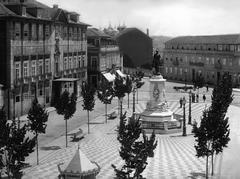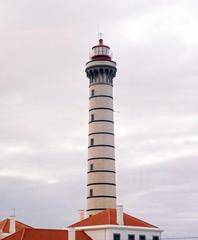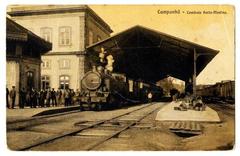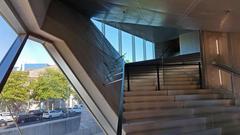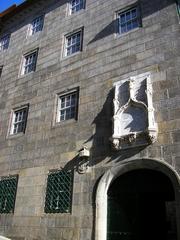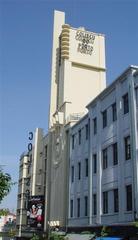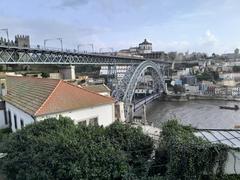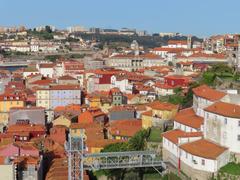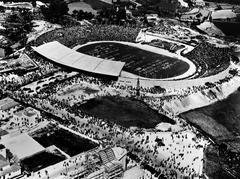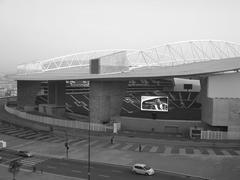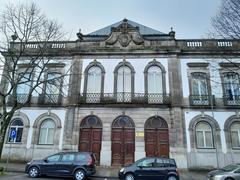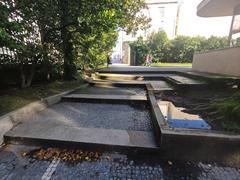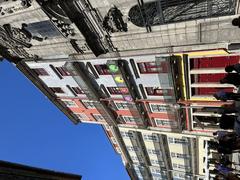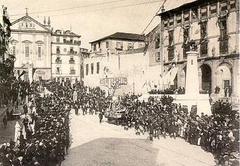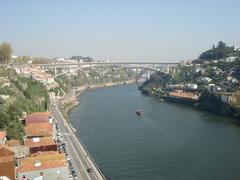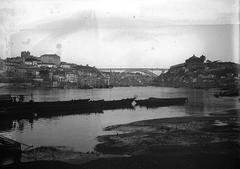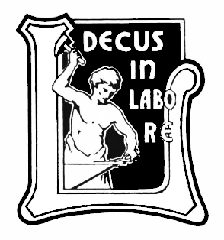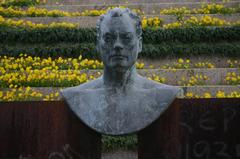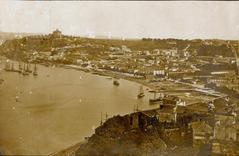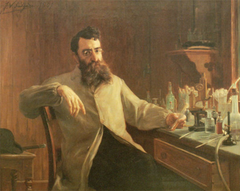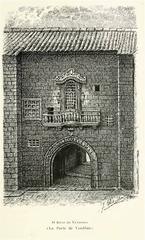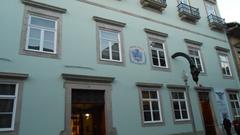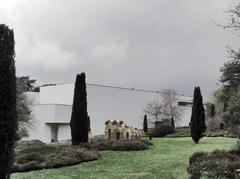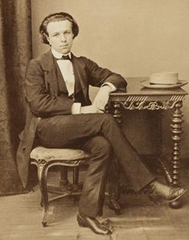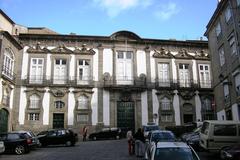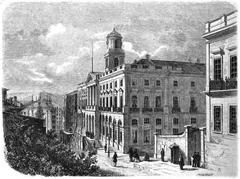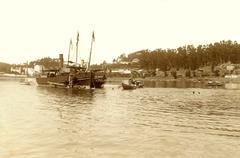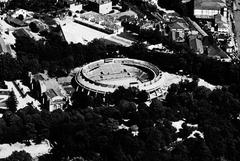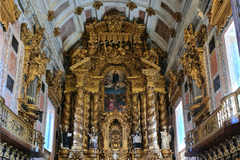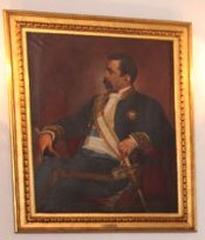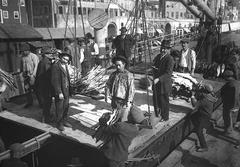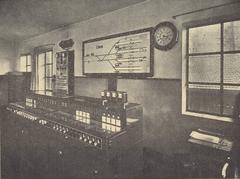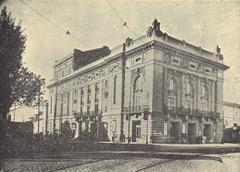Visiting Ponte Móvel in Porto: Hours, Tickets, and Tips
Date: 23/07/2024
Introduction
Ponte Móvel, also known as the Mobile Bridge, is an iconic piece of infrastructure located in Porto, Portugal. As a bascule bridge, it is a testament to the city’s rich industrial heritage and engineering prowess. Conceived in the early 20th century and completed in 1933, this bridge has played a crucial role in facilitating both vehicular and maritime traffic, making it a vital part of Porto’s transportation network (Discover the History and Significance of Ponte Móvel in Porto). Over the years, Ponte Móvel has undergone several upgrades to ensure its continued functionality and safety, reflecting the city’s commitment to preserving its historical landmarks while adapting to modern needs. Today, it stands not only as an essential infrastructure component but also as a cultural landmark, attracting tourists and engineering enthusiasts from around the world.
Table of Contents
- Introduction
- Early Conception and Construction
- Engineering and Design
- Operational History
- Cultural and Economic Significance
- Modern Developments
- Visitor Information
- Special Events and Guided Tours
- Photographic Spots
- Future Prospects
- Conclusion
- FAQ
Early Conception and Construction
The Ponte Móvel was conceived in the early 20th century to accommodate both vehicular and maritime traffic. The initial discussions and planning for the bridge began in the 1920s, driven by the increasing industrial activity in the region and the necessity to facilitate efficient transportation. The construction of Ponte Móvel was a complex engineering feat, requiring innovative solutions to address the dual needs of road and river traffic. The bridge was designed to be a bascule bridge, which could be raised and lowered quickly to minimize disruption to both road and river traffic.
Engineering and Design
The engineering design of Ponte Móvel was a collaborative effort involving several prominent engineers and architects. The bridge’s construction began in 1930 and was completed in 1933. The design incorporated advanced materials and techniques, including the use of steel and reinforced concrete. The bridge’s bascule mechanism was powered by electric motors, a cutting-edge technology at the time. The bridge’s design also included aesthetic elements, featuring Art Deco styles that were popular during the period. The visually striking towers house the machinery for the bascule mechanism and add to the overall aesthetic appeal of the bridge.
Operational History
Since its completion, Ponte Móvel has played a crucial role in Porto’s transportation infrastructure. The bridge has undergone several upgrades and renovations to ensure its continued functionality and safety. In the 1950s, the original electric motors were replaced with more powerful models, and the control systems were updated. In the 1980s, the bridge underwent a major renovation to address structural issues and improve its capacity to handle increased traffic. This renovation included the replacement of the bridge deck and the reinforcement of supporting structures.
Cultural and Economic Significance
Ponte Móvel is not only an important piece of infrastructure but also a cultural and economic landmark in Porto. The bridge has facilitated the growth of the city’s industrial and commercial sectors by providing a vital link between the northern and southern parts of the city. It has also played a key role in the development of the port of Porto, one of the busiest ports in Portugal. The bridge’s cultural significance is reflected in its status as a symbol of the city’s engineering prowess and industrial heritage. Ponte Móvel has been featured in numerous works of art, literature, and film, highlighting its iconic status in the city’s landscape. The bridge is also a popular tourist attraction, drawing visitors from around the world.
Modern Developments
In recent years, Ponte Móvel has continued to evolve to meet the changing needs of the city. In 2010, the bridge underwent another major renovation to improve its safety and functionality. This renovation included the installation of new safety features, such as barriers and lighting, as well as upgrades to the bascule mechanism and control systems. The bridge’s role in the city’s transportation network has also evolved, with increased emphasis on sustainable transportation solutions. In 2020, a new pedestrian and bicycle path was added to the bridge, providing a safe and convenient route for non-motorized traffic.
Visitor Information
Visiting Hours - Ponte Móvel is accessible to the public 24/7. However, the best time to visit is during daylight hours for the most scenic views.
Tickets - There is no fee to view or walk across Ponte Móvel. However, guided tours that provide detailed historical and engineering insights may have associated costs.
Travel Tips - Wear comfortable shoes and bring a camera to capture the stunning vistas. Check for any scheduled bridge lifts to see the bascule mechanism in action.
Nearby Attractions - While visiting Ponte Móvel, explore nearby attractions such as the historic Ribeira district, the Port Wine Cellars, and the Luís I Bridge.
Accessibility - The bridge is accessible to pedestrians, cyclists, and vehicles. There are ramps and pathways to accommodate visitors with mobility challenges.
Special Events and Guided Tours
Ponte Móvel often hosts special events, including local festivals and historical reenactments. Guided tours are available and offer a deeper understanding of the bridge’s history and engineering marvels.
Photographic Spots
For photography enthusiasts, the best spots to capture Ponte Móvel are from the riverbanks, where you can get a full view of the bridge’s structure and its surroundings.
Future Prospects
Looking ahead, Ponte Móvel is expected to continue playing a vital role in Porto’s transportation infrastructure. Plans are in place for further upgrades and improvements to ensure the bridge remains safe and functional. These plans include advanced monitoring systems and new technologies to enhance the efficiency and reliability of the bascule mechanism. Ponte Móvel’s cultural and economic significance is also expected to grow, with ongoing efforts to promote its historical and architectural value. The bridge is likely to remain a key tourist attraction and a symbol of Porto’s engineering and industrial heritage.
Conclusion
Ponte Móvel in Porto is more than just a bridge; it is a symbol of the city’s historical and industrial evolution. From its conception in the 1920s to its modern-day status as a key infrastructural element, the bridge illustrates Porto’s blend of tradition and innovation. Its dual functionality as a bascule bridge has significantly contributed to the city’s economic growth by facilitating efficient transportation and maritime activities (Visiting Ponte Móvel - History, Tickets, and Tips for Exploring Porto’s Moving Bridge). The ongoing efforts to maintain and upgrade this engineering marvel highlight its enduring importance. As a tourist attraction, Ponte Móvel offers a unique experience, combining breathtaking views with a deep dive into the region’s industrial heritage. Whether you’re a history buff, an architecture aficionado, or a curious traveler, visiting Ponte Móvel provides a memorable glimpse into the heart of Porto’s past and present.
FAQ
Q: What are the visiting hours for Ponte Móvel?
A: Ponte Móvel is accessible 24/7, but daylight hours are recommended for the best views.
Q: Do I need tickets to visit Ponte Móvel?
A: No, there is no fee to visit the bridge. Guided tours may have associated costs.
Q: Are there any nearby attractions?
A: Yes, nearby attractions include the Ribeira district, Port Wine Cellars, and the Luís I Bridge.
Q: Is Ponte Móvel accessible for people with disabilities?
A: Yes, the bridge has ramps and pathways to accommodate visitors with mobility challenges.
